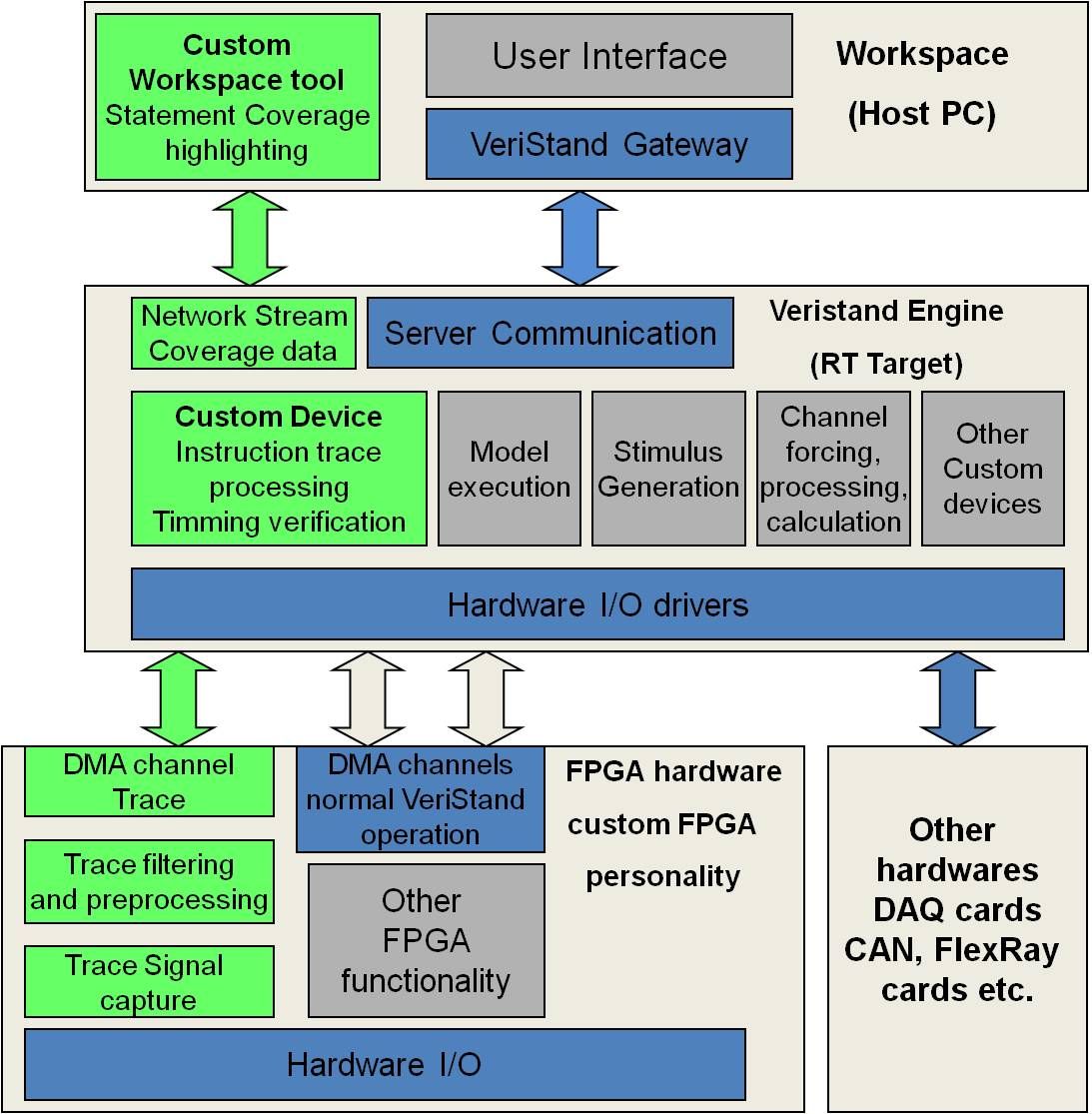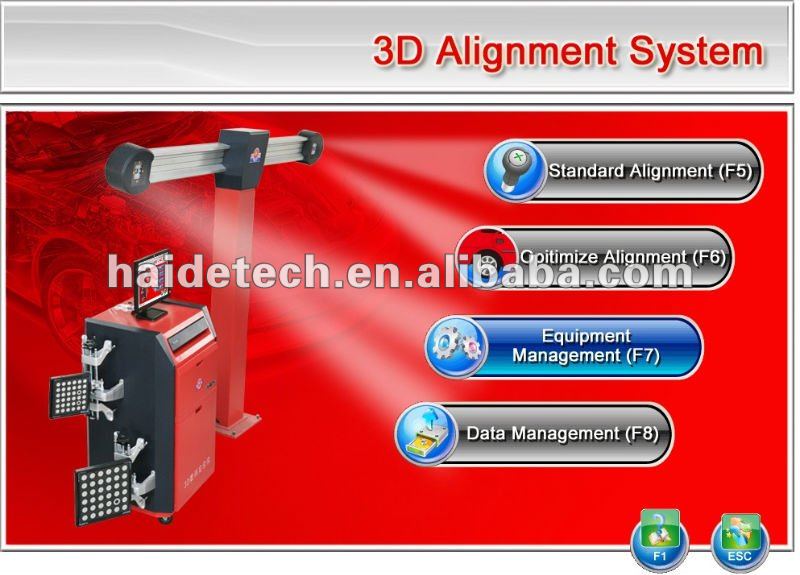Title: Ensuring the Security of Hardware in Operating Systems
Ensuring the security of hardware in operating systems is a crucial aspect of computer system protection. The first step to achieving this goal is to establish secure boot processes that prevent unauthorized software from loading. Additionally, implementing secure firmware updates can help prevent malware from exploiting known vulnerabilities.To protect against hardware-level attacks, it is essential to ensure that all hardware components meet industry standards and are properly validated before being used in a system. This includes validating the integrity and authenticity of hardware components and verifying that they have not been tampered with or altered in any way.Another important measure is to use hardware-based security mechanisms, such as Trusted Platform Modules (TPM) or Secure Element (SE) chips, which provide additional layers of protection by restricting access to sensitive data and executing critical operations. These mechanisms can be used to secure memory, storage devices, and other components of a system.Overall, ensuring the security of hardware in operating systems requires a combination of technical measures, including secure boot processes, firmware updates, and hardware-based security mechanisms, as well as ongoing monitoring and assessment of hardware components for vulnerabilities and threats. By following best practices for hardware security and staying up-to-date with emerging threats and technologies, organizations can better protect their computer systems and data from harm.
In today's increasingly connected world, the security of hardware and software has become a paramount concern. With the rise of cybercrime, protecting sensitive data and ensuring the integrity of electronic devices has never been more important. In this article, we will explore the various ways in which operating systems (OS) can be used to safeguard hardware against malicious attacks and ensure the security of our digital infrastructure.
One of the most fundamental aspects of hardware protection in OS is the concept of virtualization. Virtualization allows multiple operating systems to run on a single physical machine, providing an added layer of security by isolating each system from the others. This approach ensures that even if one system becomes compromised, it will not be able to access or compromise other systems on the same network. Additionally, virtualization can be used to create secure environments for specific applications, further enhancing the overall security of the hardware.
Another key component of hardware protection in OS is the use of encryption. Encryption converts plaintext data into an unreadable format, preventing unauthorized users from accessing sensitive information. In the context of hardware protection, encryption is often used to secure communication between devices and between devices and servers. For example, when a device sends data to a server, the data is first encrypted before transmission. Once it arrives at the server, the data is decrypted and processed. By using encryption, hardware can be protected against eavesdropping and man-in-the-middle attacks, ensuring that only authorized parties can access sensitive data.

One common type of encryption used in hardware protection in OS is symmetric encryption. Symmetric encryption uses the same key for both encryption and decryption, making it relatively easy to implement but also vulnerable to brute-force attacks. A more robust alternative is asymmetric encryption, which uses different keys for encryption and decryption. Asymmetric encryption is often used in combination with symmetric encryption, such as using a public key for encryption and a private key for decryption. This approach provides increased security while still being relatively easy to implement.
In addition to encryption, hardware protection in OS can also be enhanced through the use of digital signatures. Digital signatures provide a way to verify the authenticity of data without revealing its contents. When a user sends an email or opens a file, their signature is attached to the data. When another user receives the data, they can use the sender's signature to verify that the data has not been tampered with. Digital signatures can be used to protect against malware and other types of malicious software that may have been injected into a device or network.
Another technique commonly used in hardware protection in OS is whitelisting. Whitelisting involves creating a list of approved software and applications that are allowed to run on a device or network. By restricting access to certain types of software, organizations can prevent malware and other types of malicious software from infecting their devices and networks. Whitelisting can be implemented either at the hardware level (e.g., using firmware or BIOS settings) or at the OS level (e.g., using application control lists or firewall rules).
Hardware protection in OS can also be enhanced through the use of intrusion detection and prevention systems (IDS/IPS). IDS/IPS are designed to detect and respond to malicious activity on a network or device by analyzing traffic patterns and identifying suspicious behavior. IDS/IPS can be used to detect attempts to gain unauthorized access to devices or networks, as well as to prevent malware from spreading within an organization. Some IDS/IPS solutions also include threat intelligence feeds, which provide up-to-date information about known threats and vulnerabilities.

In addition to these techniques, hardware protection in OS can also be improved through regular software updates and patches. Software updates often contain security fixes that address vulnerabilities discovered by security researchers. By keeping software up to date, organizations can reduce their risk of falling victim to targeted attacks or exploitation of known vulnerabilities. It is essential to regularly monitor software updates and apply any available patches to ensure maximum security.
Finally, hardware protection in OS should involve ongoing monitoring and assessment of device and network performance. This can help identify potential security issues before they become serious problems. Monitoring tools can be used to track network activity, identify suspicious behavior, and detect anomalies that may be indicative of a breach or attack. Regular assessment of hardware security measures should be conducted to ensure that they remain effective against emerging threats and vulnerabilities.
In conclusion, ensuring the security of hardware in operating systems is a complex process that requires a multifaceted approach. By leveraging technologies such as virtualization, encryption, digital signatures, whitelisting, IDS/IPS, software updates, and ongoing monitoring and assessment, organizations can significantly reduce their risk of falling victim to cybercrime and other types of malicious activity. As technology continues to evolve at an unprecedented pace, it is more important than ever to stay vigilant about securing our hardware and protecting our digital infrastructure from potential threats.
Articles related to the knowledge points of this article:
Simplefoc Hardware: A Comprehensive Guide
Title: The Evolution of Ace Hardware Raeford NC: A Legacy of Quality and Service
Hardware 77008: A Comprehensive Guide
Hudsonview Hardware: A Comprehensive Review
Title: Pfsense 2.7.0 Hardware Requirements: Understanding the System Configuration
Title: The Transformative Power of C: A Comprehensive Exploration



